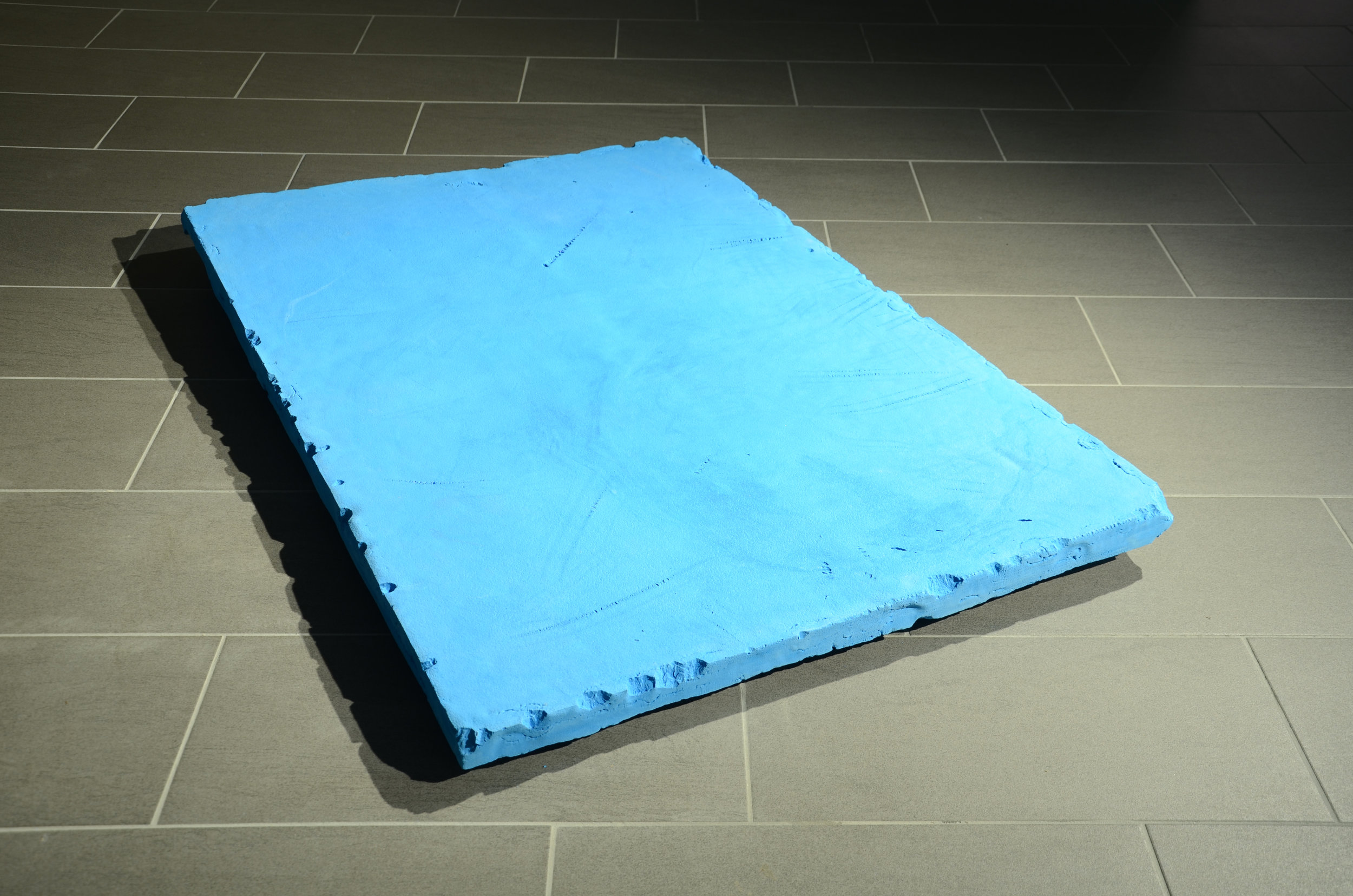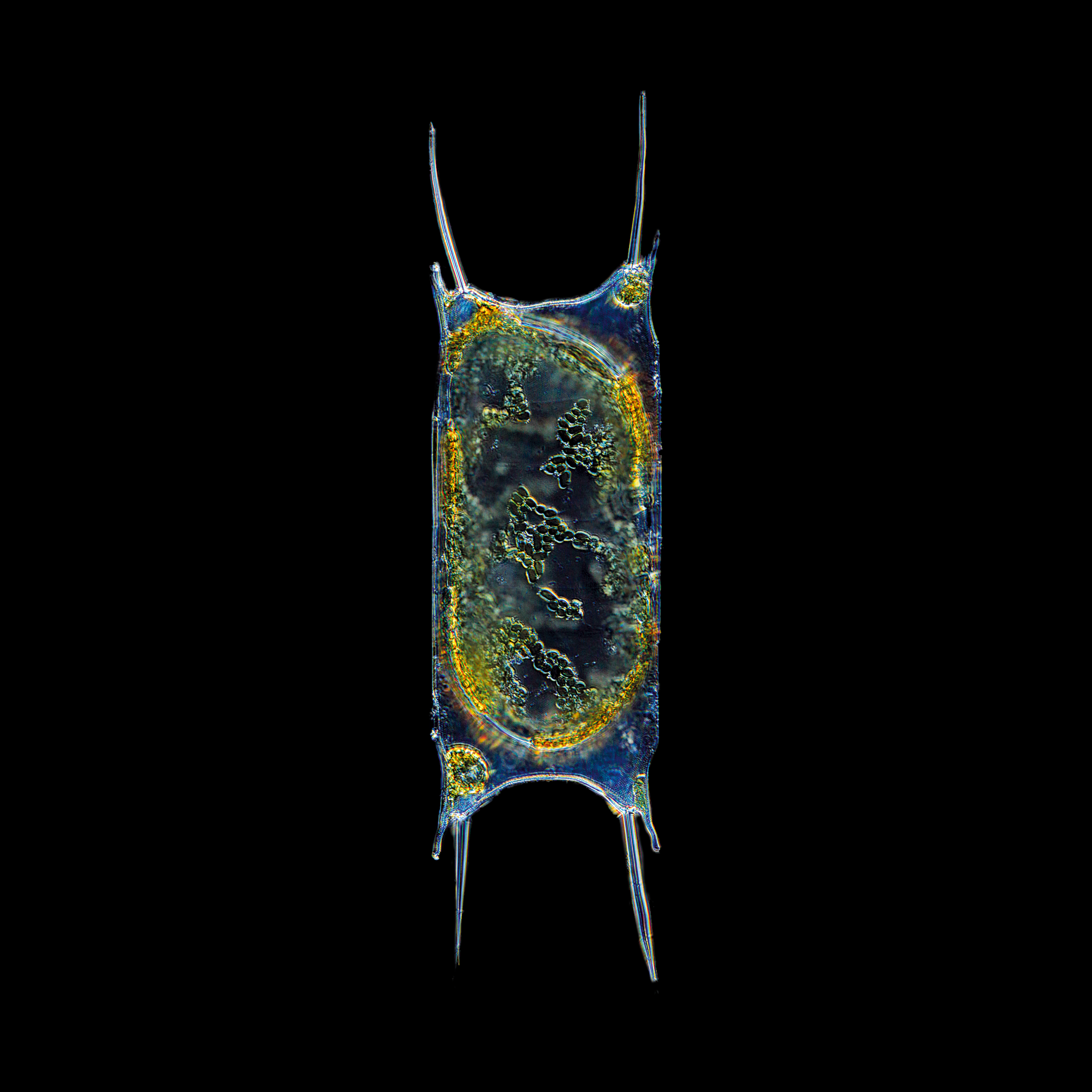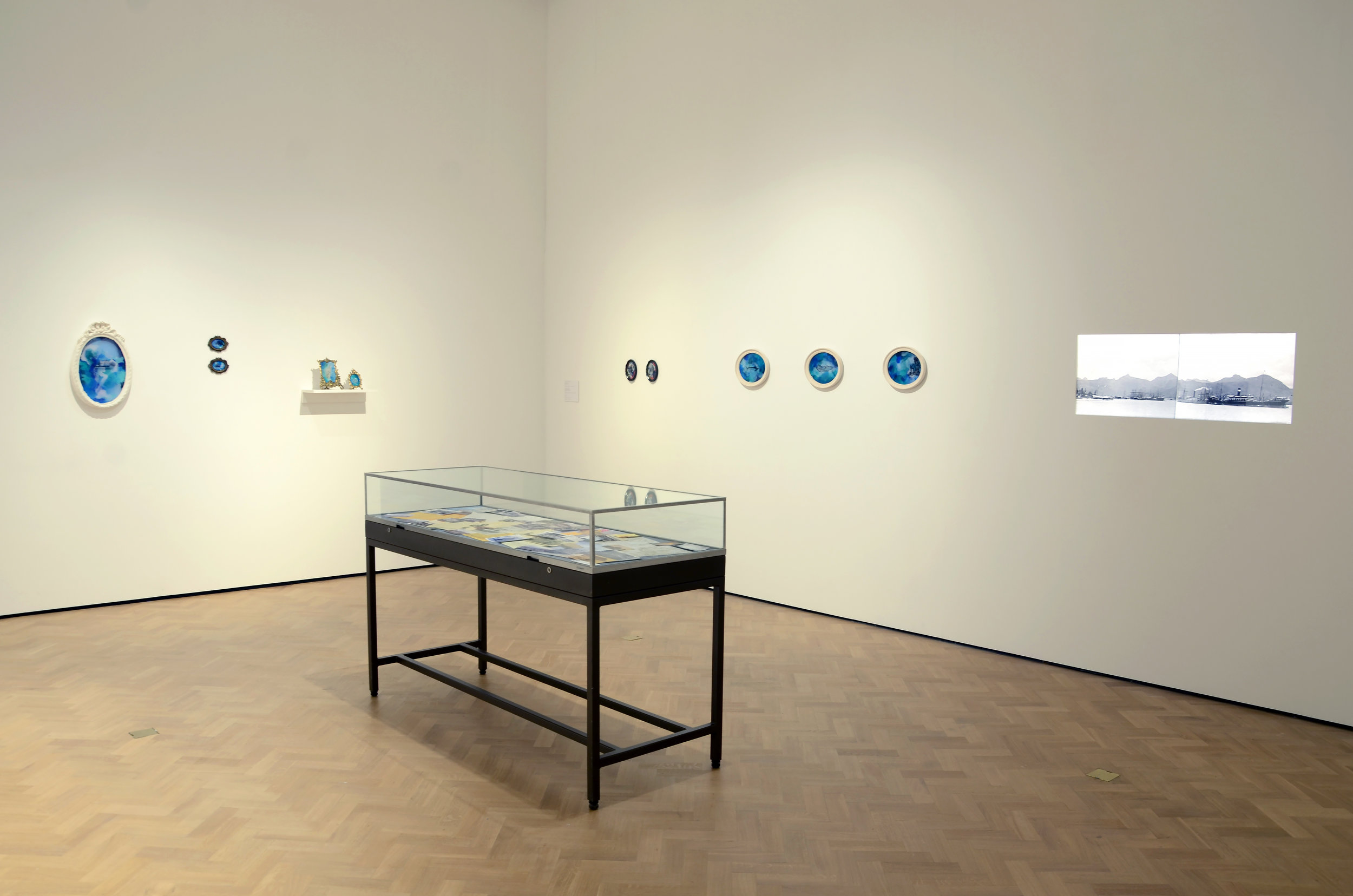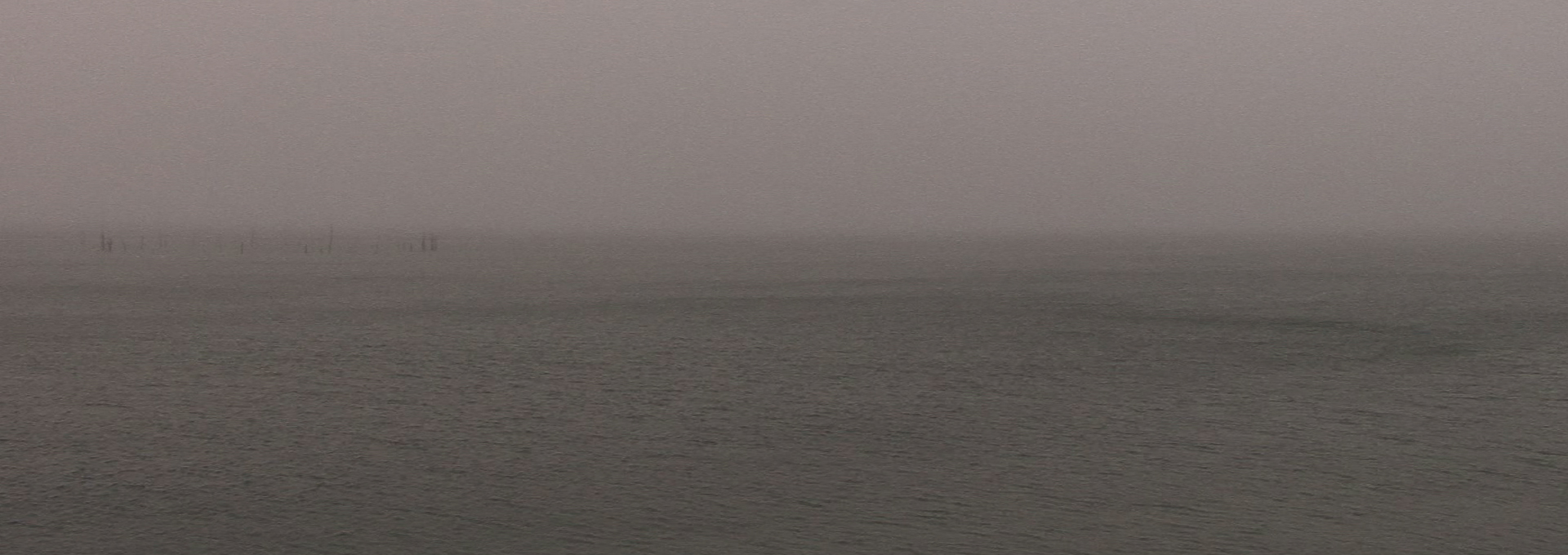OFFICIAL DOCUMENTATION OF These Waters Have Stories To Tell
THANK YOU TO THE ARTISTS, the Glynn Vivian and Matthew Otten


























Walkthrough video
THESE WATERS HAVE STORIES TO TELL
GLYNN VIVIAN ART GALLERY
SHIRAZ BAYJOO · JULIA DAVIS · ALEXANDER DUNCAN · JAANIKA PEERNA
SYLVIA SAFDIE · CHRISTIAN SARDET AND THE MACRONAUTS
These Waters Have Stories To Tell, is a multi-faceted mediation of how art experiences nature, and specifically, how it embodies oceanic waters. The works in the exhibitions are often subtle, meditative and contemplative – they convey waters that open up, to be read and discovered like stories.
Artists Shiraz Bayjoo, Julia Davis and Sylvia Safdie present cartographies that are situated and relational – on the shorelines of Tasmania, Cyprus, Mauritius and Swansea amongst them – waters that have at times been polluted, gendered, and colonized. Yet, they are equally interested in traversing their mappings to invite the viewer to bear witness to how oceans, their micro-organisms, climates, and animals are affected by our actions. These are waters that continually alter their routes.
Artists Jaanika Peerna, Alexander Duncan and artist-science collaborators Christian Sardet and The Macronauts, ask us to look again – to be attentive of the material aqueous world in which we live. They focus upon oceanic bodies and beings as both phenomenon and habitats, and encourage us to witness the two interacting and generating force. They invite us to explore how oceanic waters can be embodied in individuals and species throughout time – how water transits and transmits its own stories.
Oceanic waters entangle us through time and place; ‘we’ exist in relation to these waters. These waters are alive and in trouble. Our watery world is a shared one, and these artworks ask us to be responsive to this mutual and intimate relationship.
Julia Davis, Undercurrent, 2017, 4K Video, stereo sound, 11:00 minutes endless loop
Undercurrent is part of an ongoing series of installations that explore the way video can be used to expand understandings of our physical temporal surrounds; how our immersion in time and place affects both the sense of embodiment and the perception of ourselves. This work references desire and vulnerability – of being poised at the edge of a fragile temporal world.

